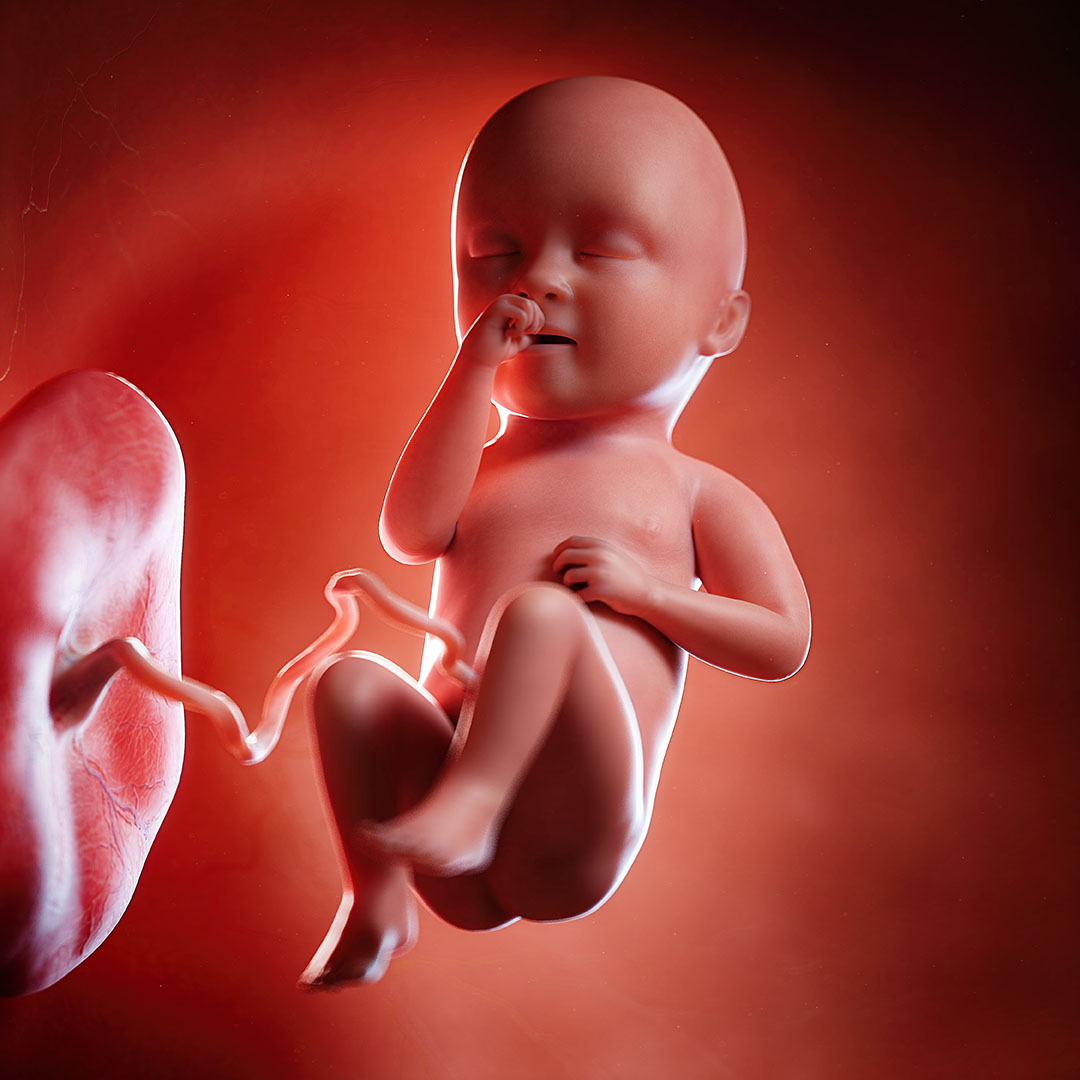

The umbilical cord is a tube that connects the baby to the mother's placenta. It carries blood and nutrients from the mother to the baby, and it also carries waste products from the baby to the mother.
The umbilical cord is about 20 inches long. It is made up of three blood vessels: two arteries and one vein. The arteries carry blood from the mother to the baby, and the vein carries blood from the baby to the mother.
The umbilical cord is attached to the baby's belly button. After the baby is born, the cord is clamped and cut. The stump of the cord falls off a few days later.
The umbilical cord is cut after the baby is born.

Noun:
The word "umbilical cord" comes from the Latin word "umbilicus", which means "navel". The Latin word "umbilicus" is related to the Greek word "omphalos", which also means "navel".
The word "umbilical cord" is first attested in English in the 14th century. It was originally used to refer to the navel, but it soon came to be used to refer to the cord itself.
What does the umbilical cord do?